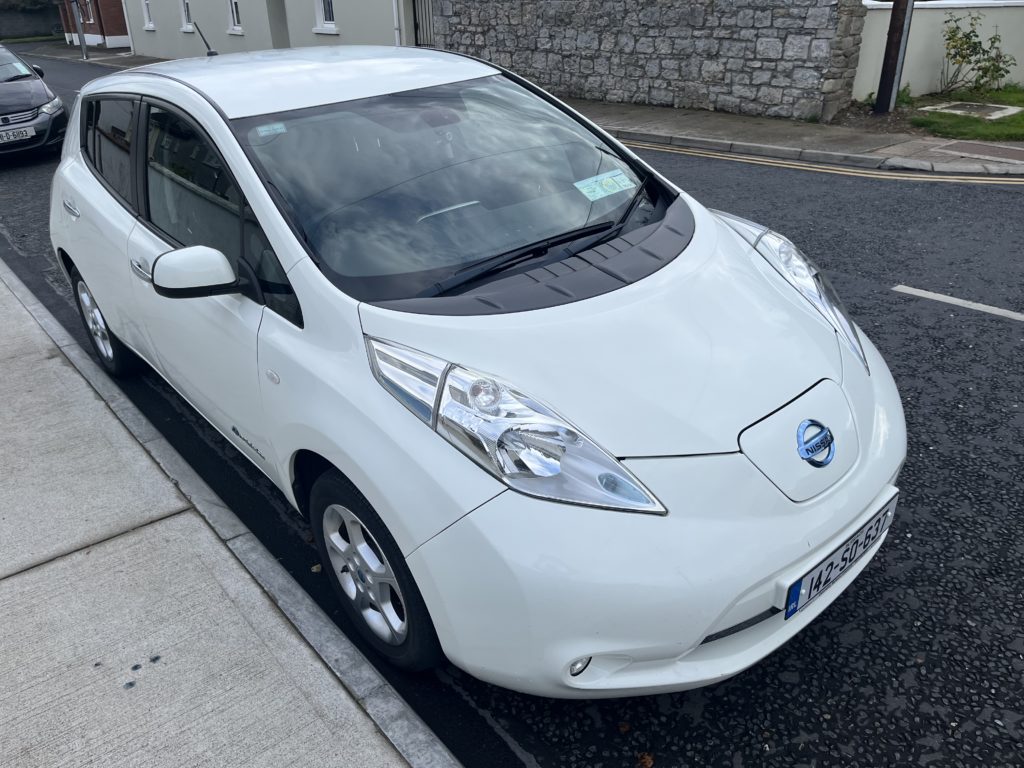Our greenhouse gas emissions in Tipperary are staggeringly high. We have higher per capita emissions than any other country in the EU, higher than China, Russia and the USA. If Tipperary were a country, our per capita emissions would be one of the highest in the world, ranking alongside the worst-polluting petrostates:
| Country |
Per capita emissions (tonnes/person 2018) |
| Kuwait |
31.34 |
| United Arab Emirates |
29.03 |
| Kazakhstan |
23.33 |
| Co. Tipperary |
22.09 |
| Saudi Arabia |
21.81 |
| USA |
18.88 |
| Estonia (highest in EU) |
17.36 |
| Russia |
15.96 |
| Ireland |
11.26 |
| Germany |
9.98 |
| China |
8.74 |
| EU-27 |
8.19 |
| Africa (whole continent) |
3.62 |
Country data from Our World in Data and includes LULUCF. Co. Tipperary per capita emissions derived by dividing the total emissions (3 703 400 tonnes) by the preliminary population for 2022 noted in the draft Climate Action Plan (167 661).
The publishing of total emissions for County Tipperary in the draft Climate Action Plan is welcome, however it is difficult to understand the figure of total emissions of 3,703.4 kt of CO2eq (the unit of kilotonnes is missing from page 32) without providing some context. I would like to suggest that some more context is given in the final version of the plan, possibly with international comparisons like in the table above, illustrating that if the rest of the world was as polluting as our county, the world would have a few short decades left before most of it became inhabitable.
Agriculture
The 7,404 farms in Co. Tipperary (CSO, 2022) are the source of 1,849 kilotonnes of CO2eq emissions. 90% of Irish beef and dairy produce is exported. I would like to suggest that actions be developed with the Local Enterprise Office and other agencies to support greater value-added processes in Tipperary, perhaps following the success of products such as Cashel Blue cheese, to encourage a shift away from exporting internationally-traded commodity products such as Skimmed Milk Powder, and towards a more premium product that can potentially provide a better return to farmers. There are currently over 100 organic farms in Tipperary (Farmers Journal) and I would like to suggest that a market development programme for organic produce be developed in the county to help existing organic farmers to find a market for their produce which may also encourage conventional farms to convert to organic (and which would result in a reduction in agriculture emissions due to lower stocking rates on organic farms).
Transport
Tipperary County Council is the roads authority for all public non-national roads in the county, in addition all the permissions for the recent expansions of the national road network in the county – for example the M7, M8, N24 and N52 – were applied for by Tipperary County Council and its predecessors, despite being funded by Transport Infrastructure Ireland and predecessor agencies.
The Environmental Impact Statements for the major road schemes in the county presented by the Council all showed a ‘steady state’ volume of traffic, the new roads schemes, many of which bypassed towns, were predicted to simply divert traffic away from the towns with little or no net increase in traffic. Unfortunately this did not turn out to be the case and volumes have significantly increased on the road network, especially on motorways, far in excess of national roads elsewhere in the country that did not see improvements. This has been a contributor to the rise in transport emissions in Tipperary.
I would like to suggest that an action be added to the Climate Action Plan that Tipperary County Council perform a retrospective evaluation of all major road schemes developed in the name of the council over the past few decades, including the road schemes mentioned above, to evaluate the climate impact of these schemes (by comparing the increase in traffic volumes along the corridor of the schemes with other national roads elsewhere in the country that were unimproved), which appears to have been significantly underestimated in the Environmental Impact Statements produced by Tipperary County Council in ‘support’ of the schemes. Such a retrospective evaluation could improve future Environmental Impact Statements and better inform the development of future road programmes. An example of such an evaluation on the carbon impact of new road schemes in the UK is available from Transport for Quality of Life (PDF).
I would also like to suggest that a fresh analysis of the induced demand potential of all road schemes proposed in the county development plan and local area plans be performed to evaluate the negative climate impact of facilitating more traffic in the county, preferably assisted by the analysis suggested above. Recent urban traffic schemes, for example the recent Section 38 permission obtained by Tipperary County Council to expand capacity for private cars in the centre of Nenagh with a two-lane one-way system was not published with any analysis of traffic or emissions impact, and suggestions in the public consultation process to change the scheme to allocate space for more sustainable transport modes such as walking and cycling were not taken up.
Finally, I would like to suggest an amendment to the action on transport hubs: to change the wording from Support the delivery of an ‘Integrated Transport Hub’ in the Key Towns of Clonmel, Nenagh and Thurles to incorporate and support multi-modal services… to Support the delivery of an ‘Integrated Transport Hub’ in the Key Towns of Clonmel, Nenagh and Thurles to incorporate and support multi-modal services while supporting the maintaining of the existing public transport stops in the centre of these towns… in order to make sure that current and prospective public transport users are not inconvenienced by the moving of bus stops to more peripheral locations to facilitate private car traffic, as has recently been proposed in Nenagh.
While I think there are other areas worthy of inclusion in the Climate Action Plan, in particular around settlement patterns and one-off housing and the greater facilitation of solar and onshore wind, the main point I would like to make is that there is a lack of urgency in the draft. This year the World Health Organisation said that Life-threatening hunger caused by climate shocks, violent insecurity and disease in the Horn of Africa, have left nearly 130,000 people “looking death in the eyes” and nearly 50 million facing crisis levels of food insecurity. We need to acknowledge that Tipperary is contributing to the problem of climate change far in excess of Irish, European and global norms and we need to take real action to reverse some of our mistakes and to take responsibility as a wealthy and prosperous county to right some of the wrongs we are inflicting on the world.
Thank you for the opportunity to make a submission on the draft climate action plan. This submission is made on a personal basis and does not represent the views of any other organisation, including my employer.














